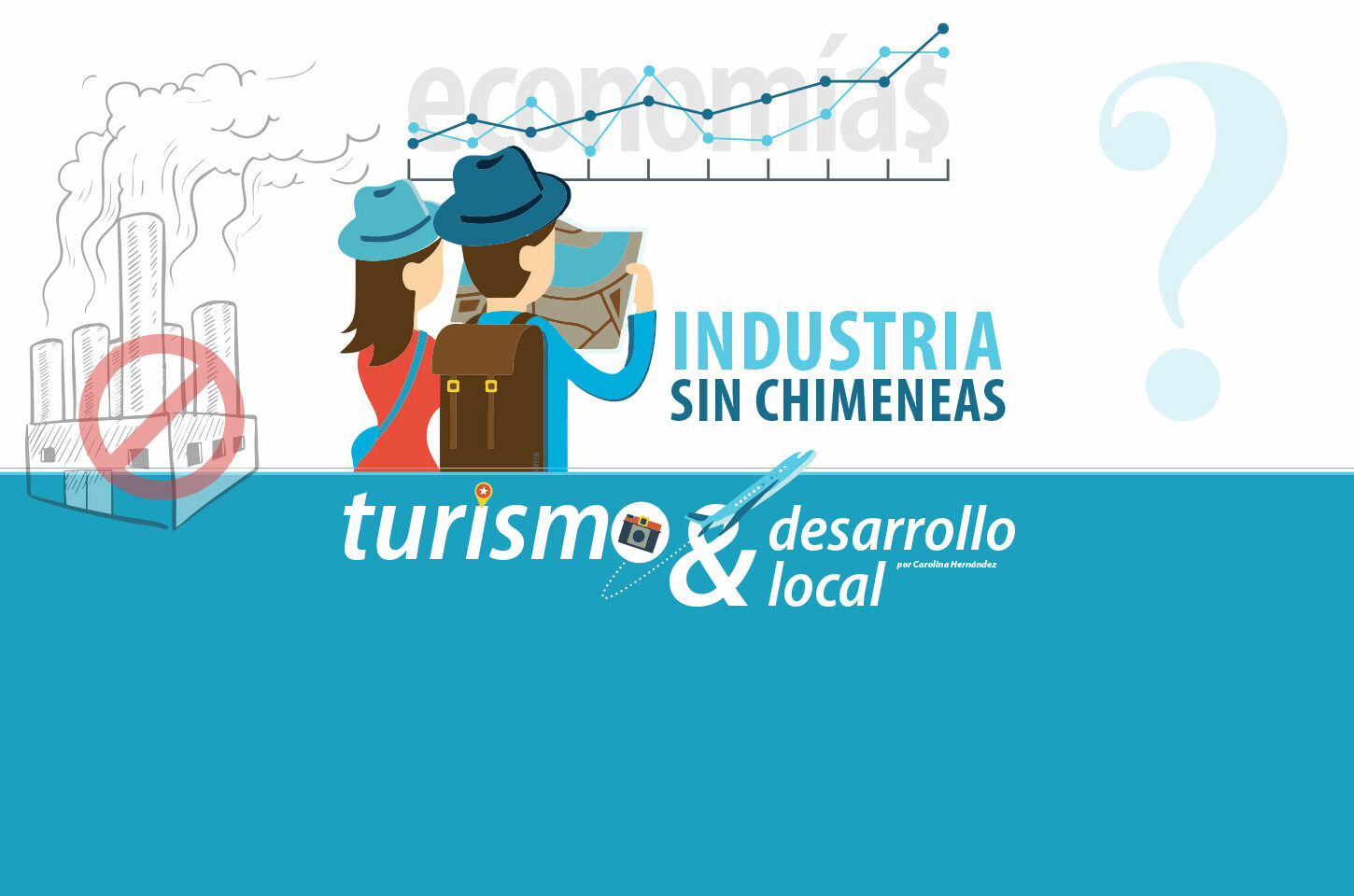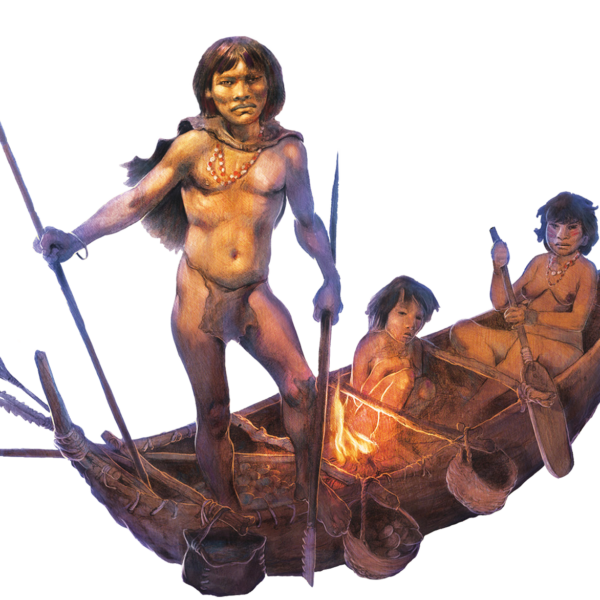
Industry without chimneys
Tourism and local development
LThe numerous and varied attractions of the End of the World They can be enjoyed at any time of year, depending on the variations nature offers. Nature reserves, lakes, forests, mountains, extreme sports, sport fishing, winter resorts, and ski centers are the province's main attractions, attracting the largest influx of tourists.
in the city of Ushuaia, known as the southernmost city in the world.
But it's not all about beauty. The truth is that, in addition to delighting our senses, sensitivity, and intellect, tourism generates significant foreign currency, economic activity, and employment, driving other economic sectors. So, it's worth asking:
What makes the tourism industry important within the local economy?
What drives it and what are the spillovers it generates on the socio-productive framework of the territory?
We know very well that this activity has economic effects through the transfer of interregional resources. (domestic tourism); exports (inbound tourism) and imports (outbound tourism), and its weight can be measured in quantitative terms via the activity's share in the gross product and the generation of quality employment.
Thus, tourism represents, for the national economy, an industry that moves $139.100 millions per year (in 2014, latest official data), in addition to employing more than a million people (he 5,4% of the total country) and represent between the 3% and 7% of the GDP (according to the activities that are incorporated), according to data
of the Ministry of Tourism of the Nation.
In the case of inbound tourism, it has reached fourth place in the export sector, behind the oil, petroleum, and automotive complexes.
A comparable participation can be observed in the provincial economy, with tourism being one of its main productive complexes along with electronics, oil, sheep farming and fishing, driven mainly by the participation that the activity has in the city of Ushuaia.
Thus, with the arrival of 398.446 tourists during 2015, which represents 1.087 tourist visits per average day, the sector generated
684 million of pesos, only in terms of tourist spending (hotels, food, excursions, entertainment and shopping), according to estimates by the Ministry of Tourism
of the Municipality of Ushuaia.
"One of the most important economic, social, and cultural activities with excellent prospects for growth and impact on local development."
However, these numbers alone define the importance of the tourism sector. This sector involves understanding not only the immediate supply of goods and services provided by each destination, but also other factors that are associated with and strengthened by the former.
That is, as this industry grows and develops, it generates specific impacts on directly related activities, such as accommodation, travel agencies, and excursions, as well as a significant multiplier effect on other indirectly related sectors and activities. Consequently, the tourism sector involves a growing number of actors within the value chain, complicating its interactions and impacts on the local productive framework.
In this sense, when we refer to the importance of the sector within the local economy and its potential as a key player in local development, we are not limited to activities immediately linked to the presence and attention of tourists, but also to the strengthening of the value chain that supports it, which can include activities from a multitude of sectors: primary producers supplying restaurants, supply logistics, local food processing plants, passenger transport, maintenance, construction, local crafts, software, among others.
For these reasons, this true industry “without chimneys” Tourism is becoming, in today's world, one of the most significant economic, social, and cultural activities, with excellent prospects for growth and impact on local development. However, the scale of this impact and its long-term sustainability require ongoing efforts to strengthen the local tourism value chain, emphasizing the dynamics of inter- and intra-sector relationships.
Being a tourist destination based on differentiating its offerings by geographic specificity may not be enough.
In other words, the "monopoly" Linked to exceptional natural attractions, it supports tourism development. But the impacts are magnified by the continuous emergence of new alternatives that enhance the tourism offering, the development of innovative activities, and the increase in capacity.
in existing related services.
This will undoubtedly further differentiate these activities from other similar tourist destinations, further expanding the direct and indirect socioeconomic impact of this activity.
See the full article at:
Section
Economy – USH Magazine I
Enjoy the Free Online Magazine version!











